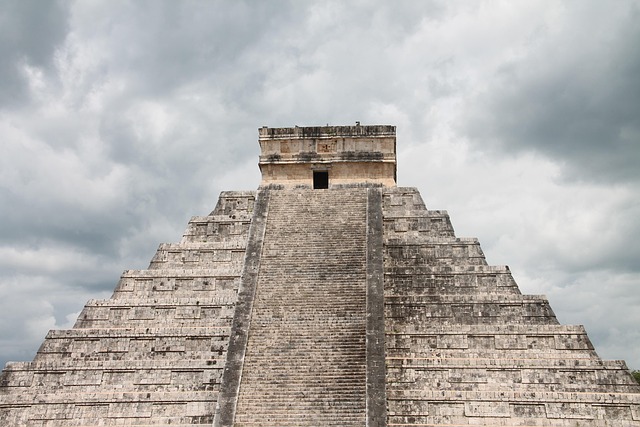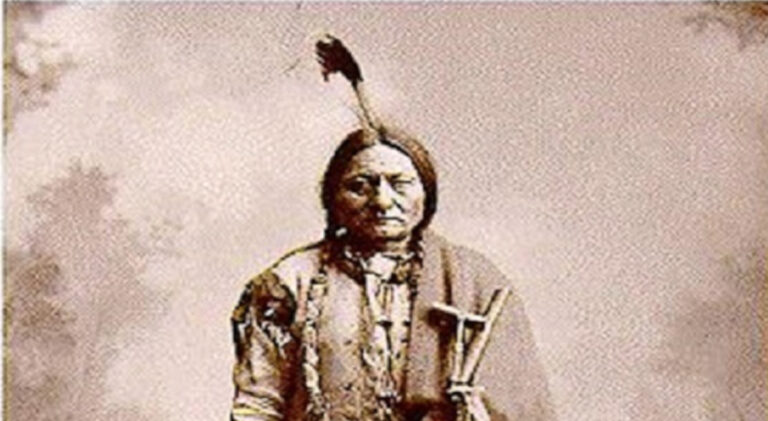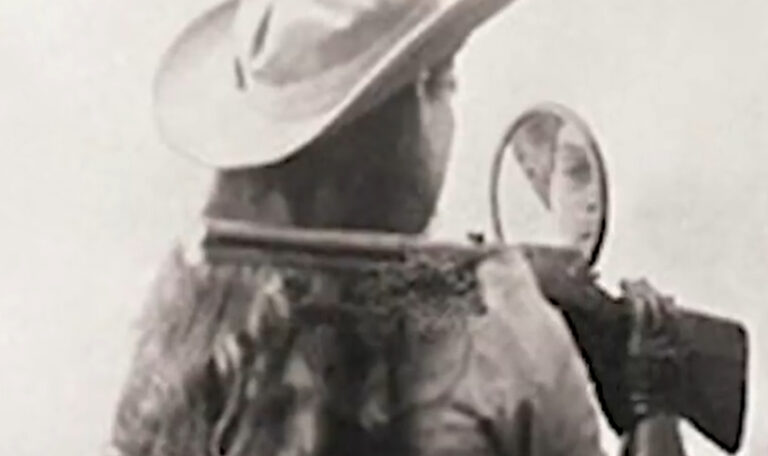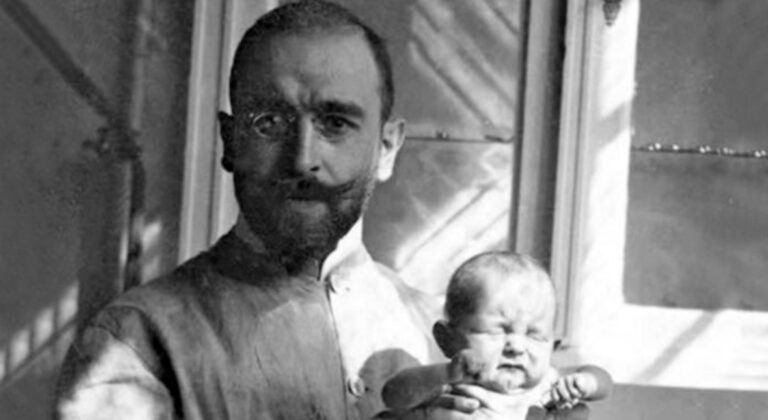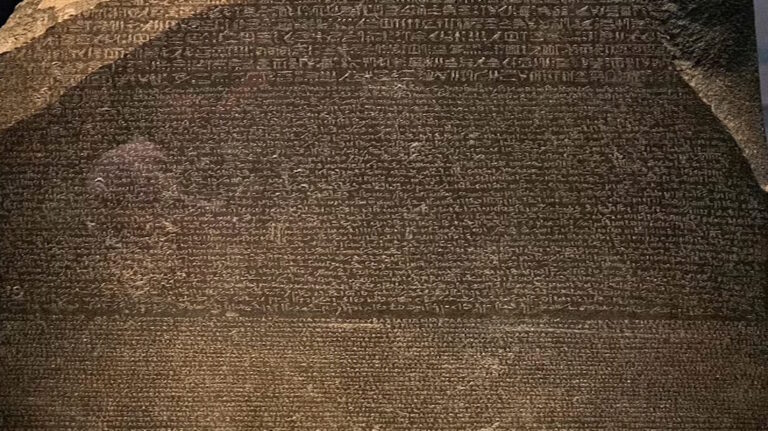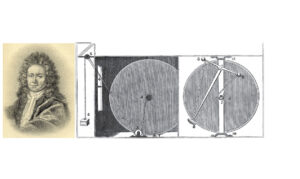Here are some fascinating and lesser-known facts about the Mayans, a civilization known for its complex writing system, astronomical precision, and monumental architecture:
They Had a Concept of Zero Before Most Civilizations
Long before Europeans adopted the idea, the Maya independently developed the concept of zero around 4th century CE. They used a shell symbol to denote zero in their vigesimal (base-20) number system—centuries ahead of its adoption in Europe.
Not Just a Single Empire
The Maya civilization wasn’t a unified empire but a network of independent city-states like Tikal, Calakmul, and Copán, which often rivaled or allied with each other in politics, warfare, and trade.
They Were Obsessed with Time
The Maya used three interlocking calendar systems:
The Tzolk’in (260-day ritual calendar)
The Haab’ (365-day solar calendar)
The Long Count, used to track historical and cosmological cycles
This complex system let them date events thousands of years in the past and future.
Advanced Dental Work and Body Modification
Maya nobility practiced cosmetic dental work, including inlays of jade, turquoise, and hematite in their teeth. They also practiced cranial deformation—binding infants’ heads to achieve elongated skulls, which were seen as beautiful and noble.
Writing Was Sacred
The Maya were one of the few ancient civilizations with a fully developed written language, made of over 800 glyphs. Writing was considered a sacred act, often performed by nobility or priests, and found mostly on stelae, codices, and temple walls.
They Had Saunas and Sweat Lodges
The Maya built steam baths (called temazcal) for ritual purification, healing, and relaxation. These structures, often made of stone, were an integral part of both urban and ceremonial centers.
Ball Game Was Deadly Serious
The Mesoamerican ball game, pok-ta-pok (or pitz), wasn’t just a sport—it was deeply religious. It often had ritual significance, and in some cases, the losing team—or captains—might be sacrificed.
They Mapped the Cosmos with Precision
Without telescopes, the Maya were able to accurately predict solar eclipses, track Venus’ cycle with incredible precision, and even calculated the solar year more accurately than the Julian calendar used in Europe at the time.
They Managed Complex Urban Water Systems
In cities like Tikal, the Maya engineered reservoir systems, causeways, and canals to manage fresh water and prevent seasonal droughts, despite having no metal tools or beasts of burden.
The Maya Never Truly Vanished
While the Classic Maya cities were largely abandoned by the 10th century, millions of Maya people still live in Mexico, Guatemala, Belize, and Honduras. They continue to speak Mayan languages and preserve many cultural traditions today.
